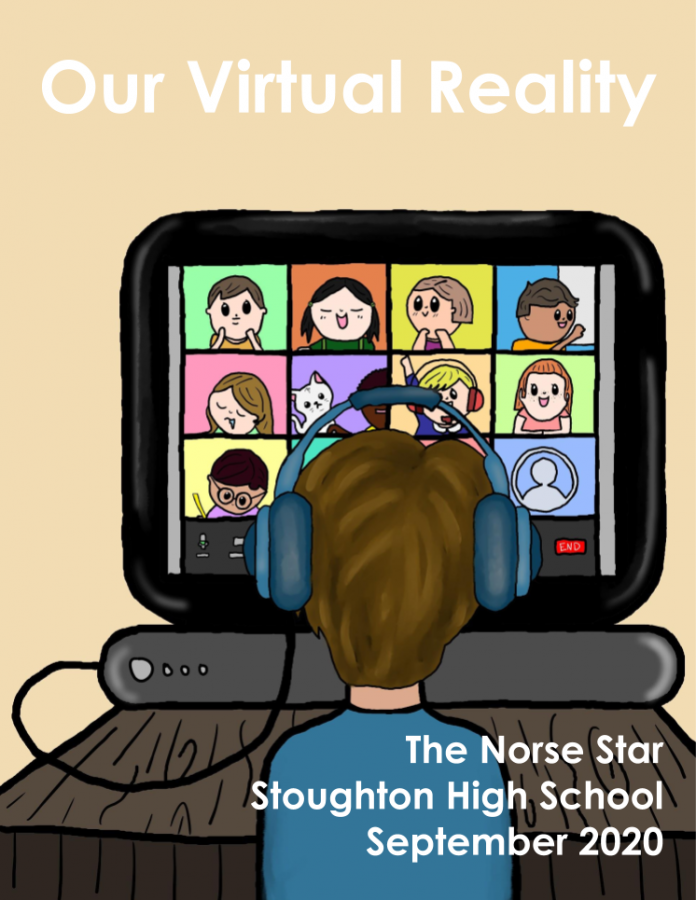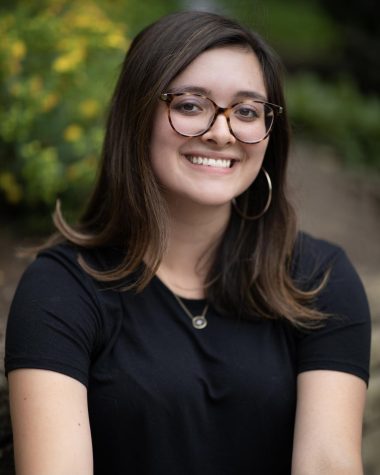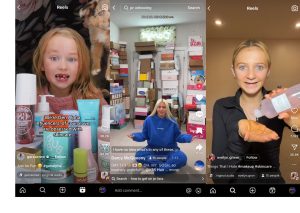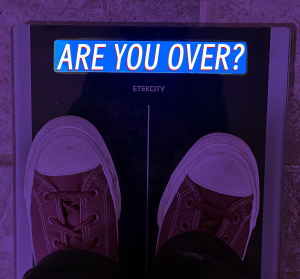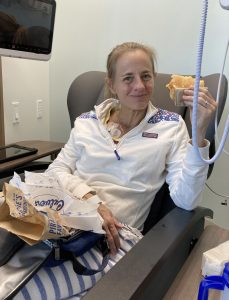Our Virtual Reality
Administrators and board members plan for virtual education and the future
September 25, 2020
Every year, as summer comes to an end and autumn begins, students must say goodbye to warm weather, sleeping in late, and most of their free time. That remains true for this year, even with the implementation of virtual schooling.
While this school year does look a little different, the administrators and school board are still working hard to ensure that their students are receiving a sufficient education–even under these unusual circumstances.
Even with the enhanced virtual schooling system, there are still many aspects that in-person instruction has that the current method will not be able to provide. This leaves us all with a couple of questions: Why was this the path that we took and what will the future look like?
Kathleen Hoppe, school board member and clerk, described the school board’s unanimous decision to continue with virtual instruction.
“In general, everybody is well educated and understands the difficulty of containing this virus,” Hoppe says in reference to her fellow board members. “Also, the input from the staff; a lot of teachers said they just wouldn’t come back to regular teaching.”
As of right now there are still concerns. Francis Sullivan, the president of the school board, expressed his worries about younger students, parents, and those at high risk.
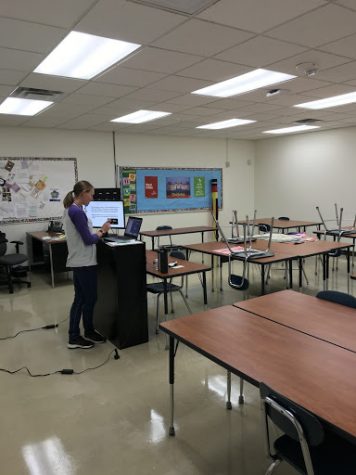
“We have families of single parents, families where the parent works. We have two-parent families where both parents work. And it’s very difficult for those families to find a way to manage an environment where they have younger kids who are doing virtual learning or going to be home during the day,” Sullivan says. “And I’m really, really concerned about the impact we’re seeing on our most vulnerable students: The folks
with [individual education programs], the folks of color, and the kindergarteners, first graders, and second graders. I still don’t know how you teach somebody to read virtually.”
Overall, the school board came to the conclusion that the benefits outweighed the challenges.
“We thought it would be better to start virtual and transition to in-person than start in-person and abruptly transition to virtual,” he explains, in reference to how fast things moved last spring. “I don’t think anybody cared for [that], and we thought the best thing for our staff, the best thing for our students, and the best thing for the community was to start off in a virtual environment.”
Before the school board came out with their final verdict to start virtually, Principal Mike Kruse had come up with a plan in case that was what they decided on.
Kruse expressed his thoughts going into this year and explained how starting with virtual education would make it easier to transition than the other way around.
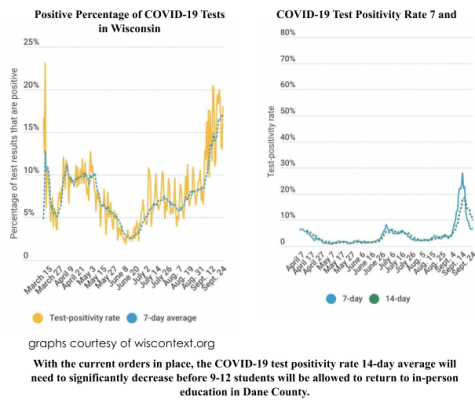
“[The school board and the Administration] made that decision because it was the safest bet to prepare. It didn’t mean that we weren’t going to re-examine in two weeks,” Kruse says. “We were going to re-examine as soon as we knew if it was possible, but to get everybody prepared and going, we knew that that was the safest bet.”
Even with students at home, Principal Kruse’s job does not become any easier. Now along with his day-to-day responsibilities, he also has to manage COVID-19 to ensure that everyone can be in a safe environment when they eventually return.
“I manage everything that comes in the door to make sure that people can move forward, to make sure that we can graduate 99.6% of our kids so they can move forward in life, to make sure that our students and staff get enough coursework done so that they’re ready to go to the next level of coursework,” Kruse says. “I would say that has been every day since March 13–managing COVID.”
Unfortunately, going back to school won’t be as easy and simple as we’d hope.
Sullivan explains that it will be hard for Dane County to allow students to go back because of UW Madison opening up and allowing their students to live on campus.
“Because students came back to UW [Madison] and did what everybody in college does…[which is] run around to see their friends, hung out together, and spread COVID […] it’s going to be longer before the county will allow us to resume in-person school,” Sullivan says.
While this isn’t exactly the type of news anyone wants to hear, safety is the number one priority for both the school board and the district, so adaptations must be made.
Kruse explained how the shortened school days were designed to open up the afternoons for small groups of in-person instruction. The original plan was to have students come into school and work with their teacher on the content, but due to the order issued by Dane County Public Health, the school was no longer allowed to enact that plan.
“We all thought that we would do small groups of students. So let’s say that you guys needed math, and you would be able to come in in the afternoon and work with […] five, six people with your math teacher, “Kruse says. “Now we have to do it virtually, so we set up the system to make that small group work possible, but now it’s gotta be virtual.”
Since in-person education is not a possibility for high school students as of right now, the administration and the school board believe that it is in everyone’s best interest to continue virtually. Although, there is hope that they will be able to return in the future.
Kruse says, “We’ve determined the safest way to come back to school is to do an A through L cohort, and they would come on Monday and Tuesday, and then we would deep clean on Wednesday, then the other group would come in.”
Kruse went on to explain how school days would go once the hybrid system is put into place.
“Let’s say you are [in the] A through L cohort. You are in school, there are half of the kids here. When you go to class, the zoom is still on. The M through Z cohort is watching from home. They’re doing remote learning. Are they going to have to be on at that time, seven hours a day? Yep, because we’re getting ready to get back to school full time.”
While the hybrid system put in place will hopefully contain the virus more effectively than
the pre-COVID system, there are bound to be some students that choose to stay virtual. These students will still be able to get their education by using Zoom from home for the whole week instead of attending school with their given cohort.
In the event that the number of positive cases decreases enough in order to align with Dane County’s Emergency Order #9, the students would be able to return to school as long as proper precautions were taken and the set guidelines were followed.
Although some may think that the district and admin should jump on that opportunity as soon as it arises, timing will be considered before the students are able to return.
“Let’s say we get to Thanksgiving, and we can bring kids in. Why would we bring kids in for three weeks, have them go back out for two weeks, associate, and then not be able to come back for January?” Kruse says. “I understand there is a benefit for setting a hard cut line and the reality is, you can’t stay to that cut line when you are dealing with the county’s orders.”
When students are allowed to go back to school, things will look very different.
According to the Order of Public Health Madison and Dane County’s Emergency Order #9, students and members of the staff would have to follow strict procedures. For example, anyone who has a fever or shows any symptoms of COVID-19 are not allowed to come to school.
There would be strict guidelines to clean constantly touched areas multiple times a day. Students and staff would be required to wear masks and keep a distance of six feet while indoors as well as on buses.
Student and teacher groupings are recommended to be as static as possible, meaning that the same groups of people will be together at all times.

Scan the QR code above for the official document of Emergency Order #9 from Public Health Madison & Dane County.
No one expected their high school experience to involve a worldwide pandemic, Zoom classes, and bonding over severe trauma, but sometimes we just have to make the best of difficult situations, like we are attempting to do right now.
Principal Kruse is very proud of the work that has been done and wanted the staff and the student body to know how happy he is with all of the hard work and effort that they have put in through these unique times.
Kruse says, “We’re all working hard and I know that it is stressful. I know that it is frustrating at times, but if everybody comes at it with just a good frame of mind and good intentions that everybody is trying their very best, we’re gonna be just fine.”


